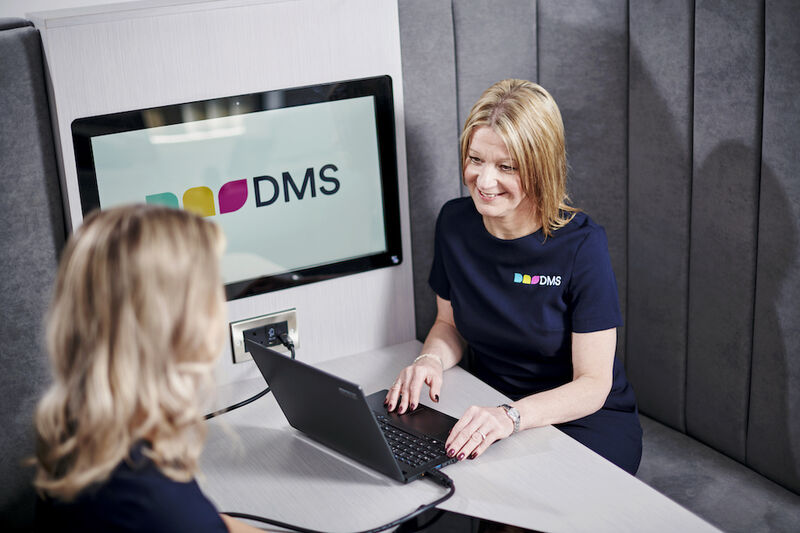With an ever increasing usage and in some ways dependency on technology in the Education Sector, institutions in this field obviously want to ensure the most return in positive performance assistance as possible.
In this Blog we’re going to be exploring how to measure the return on investment for EdTech purchases and why doing so is important for your organisation.
Ed Tech
Education technology (EdTech) is the introduction of information and communication tools within an educational institution or learning environment, including school classrooms, colleges and universities.
The aim of these learning tools is to create more engaging and inclusive learning experiences for individuals.
Gone are the days of one outdated, incredibly slow cinder block of a desktop computer in a classroom; modern students are accustomed to the latest in assistive technology including: interactive screens, hyperfast broadband, audio visual and cloud solutions, and often enough personal learning devices (tablets) for every individual.
While serving student learning, EdTech also improves the ability to effectively and coherently transfer knowledge and analyse relevant data for faculty members, a truly integrated information synergy.
Return On Investment
ROI or return on investment is essentially the measurement of how effective integrated technology is to an educational institution.
Be Smart With Budget
To maximise potentially integrated technology ROI, firstly you must be astute, not penny pinching, with your budget allocation. Frugality can go far when mixed with planning, being efficient when purchasing and deploying potentially costly EdTech is a smart move.
Be Source Selective
It’s wise to enquire when selecting a tech source provider, do they have any implemented infrastructure on data analyses for their products to better translate ROI for your institution.
Be Creative And Varied
Collate and analyse multiple metrics in performance and progress to best paint the picture of how technology is benefiting both students and staff.
How To Measure ROI
Measure Progress And Stage Outcomes
Studies suggest collating and observing stage outcomes in relation to the implementation of EdTech can provide the clearest insight on ROI.
Analyse the short term, intermediate and long term impact of technology on student performance and progression.
Each stage represents a different part of the learning curve and can help gauge in detailed increments (easier to analyse in depth) how the technology contributes to the achievement of or missing out on a target or learning objective.
Stage analysis can also allow teachers to intervene and potentially change the course of a students performance from negative to positive due to a recalibration of focus and a learning adaptiveness.
Use Data Analysis And Tracking Tools
By implementing analysis softwares that pools various sources of data across widespread metrics a school or college can help illuminate the performance of EdTech.
These integrated tracking softwares make data collation and analysis clear and simple to understand, the topic otherwise could potentially be convoluted due to the sheer number of individuals utilising the technology.
DMS Digital Technology Solutions
A Bolton based business, with over 40 years experience offering Technology and IT solutions, we here at DMS pride ourselves on our ability to deliver creative and effective means of augmenting an operation’s digital space on a massive scale.
A bespoke digital strategy of technology fused with relevant content, could propel your institution to new frontiers. DMS solutions are an investment in your organisation's ethos, demonstrating a willingness to not only react to and accept the current climate of the educational system, but think forward towards more success.
If you want to launch your organisation into the future via digital education, get in touch with us today!









